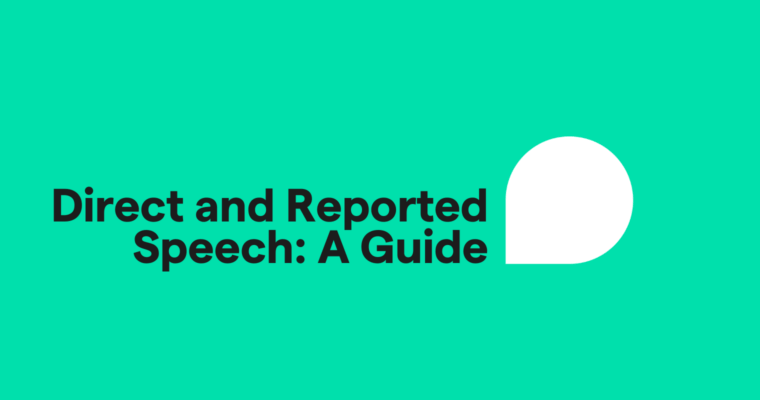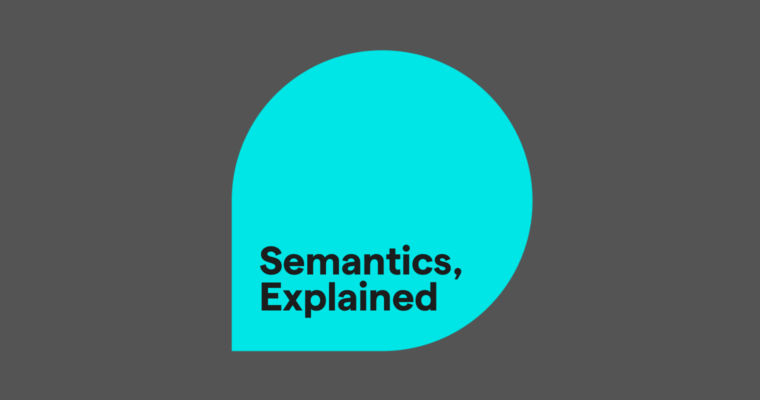
Suffixes are letters added to the end of a base word to change its conjugation, word type, or other grammar properties like plurality. For example, take the noun strength: You can add the suffix –s to make it plural (strengths) or the suffix –en to change it into a verb (strengthen). You can then add the suffix –ed to make that verb past tense (strengthened).
Suffixes play a major role in English, not only in grammar, but also in writing and reading comprehension. In this guide, we explain the rules and share examples of the most common suffixes in English. But first, let’s take a deeper look at what suffix means.
What are suffixes?
Suffixes and prefixes make up a group called affixes, which are morphemes added to a base word to modify its meaning. Suffixes are added to the end of a word, while prefixes are added to the beginning,
In English, the most common prefixes and suffixes are usually one or two syllables long (although the suffix -ology is three). The suffixes –s and –’s are not even one complete syllable; they simply add an ess sound to the end of a word.
While both suffixes and prefixes help to expand your vocabulary and writing skills, only suffixes are used for grammatical purposes, like conjugating verbs or pluralizing nouns.
When to use a suffix
Verb conjugation
Suffixes are used in the conjugation of regular verbs. For example, adding -s or –es to a verb shows that it’s third person, singular, and present tense. Adding –ed to a verb shows that it’s past tense.
I work downtown.
She works downtown.
They worked downtown.
However, you can’t use suffixes with every verb. For conjugation, irregular verbs usually rely on unique spellings rather than standard suffixes.
Showing plurality
To create plural nouns, most of the time you add an –s or –es to show that you’re referring to more than one of a noun.
My cat is all I need. [one cat]
Ten cats are not enough! [more than one cat]
Just like with verbs, be careful with irregular plural nouns that use unique spellings for plurality. For example, the plural of child is not childs; it’s children.
Showing possession
Possessive nouns show ownership or a direct connection. For most singular nouns, you can show the possessive case by adding the suffix –’s. Plural nouns that already end in s can add just the apostrophe (’) to become possessive.
Jacob’s parents
the students’ rooms
Keep in mind that possessive nouns are different from possessive pronouns and adjectives, which do not use suffixes.
Reflexive pronouns
Reflexive pronouns like myself or themselves use the suffix –self for the singular and –selves for the plural.
I gave myself a treat.
They pushed themselves as hard as they could.
Comparatives and superlatives
Comparative and superlative adjectives also use suffixes. Comparatives, which compare only two things, often use the suffix –er; superlatives, which indicate the highest degree of something among everything in a category, often use the suffix –est.
I’m stronger than my brother, but the strongest in the family is our grandmother.
Not all adjectives use these suffixes. Adjectives of two or more syllables use the adverbs more and most instead of adding suffixes. If a two-syllable adjective ends in –y, the y is dropped and the suffixes –ier or -iest are used instead.
Changing word types (parts of speech)
Most of the suffixes in English are used to show parts of speech, or word types. Frequently, you can add different suffixes to the same base word to change its type. For example, let’s look at different suffixes added to the adjective quick:
quick [adjective]
quickness [noun]
quicken [verb]
quickly [adverb]
Ordinal numbers
Suffixes are a necessary part of writing ordinal numbers correctly. If you’re showing something’s position in a series—such as first, second, or third—in informal writing you can add a suffix to the number instead of spelling it out.
first -> 1st
second -> 2nd
third -> 3rd
Inflectional vs. derivational suffixes
There are two types of suffixes: inflectional and derivational. Don’t let those big words scare you—it’s actually quite simple.
Inflectional suffixes are used for grammatical purposes. These include all the word endings for verb conjugation, such as –ing and –ed; the additions for nouns, such as the plural –s; the possessive –’s; and the reflexive –self and –selves for pronouns. The suffixes for comparative and superlative adjectives (-er and –est, respectively) also belong to this group.
Derivational suffixes are used to change word types, such as changing a noun to a verb or an adjective to an adverb. Once you understand derivational suffixes, you’ll often be able to tell a word’s part of speech by its ending, even if it’s your first time seeing it.
Examples of suffixes in English: Inflectional
Suffixes for regular verb conjugations
-s, -es, -ies
first-person singular for the simple present tense
grows, passes, carries
-ing
for present participles and to create gerunds
going, swimming, sleeping
-ed, -d, -ied
for the simple past tense and past participles
worked, liked, replied
Suffixes for noun and pronoun grammar
-s, -es, -ies
the plural form of regular nouns
chairs, lunches, puppies
-’s,
the possessive form of nouns
school’s, India’s, humanity’s
-self, -selves
creates reflexive pronouns that refer back to the subject
myself, ourselves, oneself
Suffixes for comparative and superlative
-er, -ier
the comparative form of adjectives for comparing two things
harder, faster, stronger
-est, -iest
the superlative form of adjectives for showing the top within a category
biggest, latest, scariest
Examples of suffixes in English: Derivational
Suffixes for verbs
-ate
congratulate, enunciate, regulate
-en
strengthen, brighten, awaken
-ify, -fy
electrify, liquify, testify
-ize (-ise in British English)
demonize, legalize, neutralize
Suffixes for nouns
-acy, -cy
normalcy, privacy, delicacy
-al
betrayal, denial, tribunal
-ance, -ence
ambiance, correspondence, maintenance
-ant
defendant, hydrant, coolant
-er, -or
player, actor, baker
-ism
minimalism, liberalism, capitalism
-ist
artist, colonist, communist
-ity, -ty
rarity, nationality, beauty
-logy, -ology
psychology, biology, terminology
-ment
agreement, merriment, statement
-ness
sweetness, darkness, loveliness
-ship
internship, kinship, citizenship
-tion, -sion, -ation, -ion
animation, extension, suspicion
Suffixes for adjectives
-able, -ible
comfortable, unstoppable, edible
-al
personal, coastal, optimal
-esque
novelesque, picturesque, Kafkaesque
-ful
wonderful, beautiful, colorful
-ic, -ical
basic, atomic, clinical
-ish
stylish, brutish, childish
-ive
creative, progressive, vindictive
-less
harmless, worthless, timeless
-like
catlike, warlike, guitarlike
-ous, -ious
rigorous, various, disastrous
-y
hairy, funny, nerdy
Suffix for adverbs
-ly, -ily
slowly, carefully, happily
Suffixes FAQs
What are suffixes?
Suffixes are one or more letters added to the end of a base word to change its conjugation, word type, or other grammar properties like plurality. For example, you can add the suffix -s to the noun strength to make it plural (strengths) or add the suffix –en to turn it into a verb (strengthen).
What are the different kinds of suffixes?
There are two different kinds of suffixes: inflectional and derivational. Inflectional suffixes deal with grammar, such as verb conjugation or plurality. Derivational suffixes change the parts of speech, such as adding –ment to the verb pay to make the noun payment.
When should you use a suffix?
Aside from changing the parts of speech, suffixes are used frequently in grammar. We use suffixes to show the plural or possessive forms of nouns, conjugate verb tenses, and demonstrate the comparative and superlative forms of adjectives.





